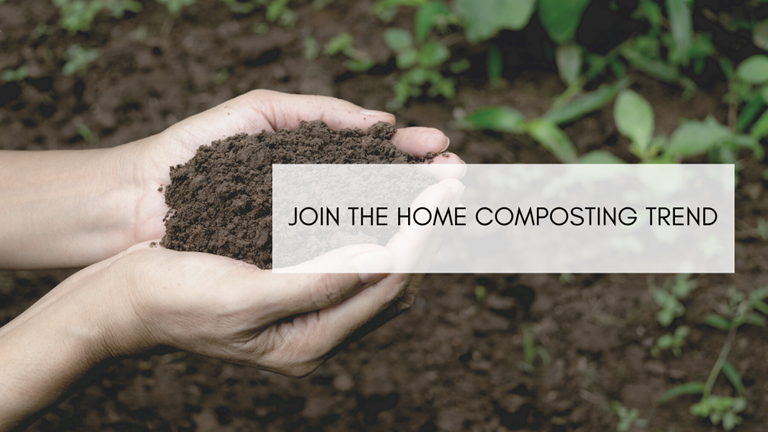Compost to reduce greenhouse gas emissions
Last year around 250,000 tonnes worth of food (enough to fill Melbourne's Eureka Tower) ended up in landfill. When organic waste is buried in landfill it is starved of oxygen and broken down by anaerobic decomposer organisms which generates methane.When this same waste is composted above ground at home and exposed to oxygen, aerobic organisms break down the organic waste generating carbon dioxide.
Methane is 26 times more potent than carbon dioxide as a greenhouse gas and is a significant contributor to global greenhouse gas emissions.
Getting started
Compost piles or bins can come in many different shapes and sizes and a simple google search will help you choose the right size or system to suit your lifestyle and space. However, the principals stay the same and once you get going it’ll become a part of your daily routine. Here’s some tips on how to start an outdoor compost pile.- Choose a shady spot in your garden to help avoid the pile drying out or overheating.
- Start your pile directly onto earth instead of on a paving slab or concrete to encourage earthworms and other organisms to help with the composting process.
- To deter unwanted midnight feasters or curious pets choose an enclosed / lidded system and bury the base.
- Start with a layer of course Brown (see below) material like twigs or autumn leaves so that air can circulate from beneath as well as above.
The ingredients
Green – Brown – Aerate - Check moisture - Repeat.
Composting requires mixing Nitrogen Rich (Green) ingredients with Carbon Rich (Brown) ingredients. To keep the pile moist and aerated you can start with a general ratio of 2-parts Brown to 1-part Green when layering your ingredients.Typically materials that are green and moist tend to be high in nitrogen, and those that are brown and dry are high in carbon. Here’s a list to make it a bit clearer.
| Browns (Carbon Rich) | Greens (Nitrogen Rich) |
| autumn leaves | vegetable scraps |
| straw | coffee grounds |
| wood chips or sawdust | grass clippings |
| bark | manure |
| mixed paper | plant cuttings |
| shredded newspaper | fruit scraps |
| corrugated cardboard | eggshells |
| egg cartons | manure |
Avoid adding meat (including bones), fish, wheat and dairy or waxed cardboard to your compost pile.
Top Tips from the Warralily Community Garden Group
- To test the moisture level, squeeze the compost in your hand - water should release. If it breaks apart in your hand add some water.
- Turn or aerate the pile once a week to promote an oxygenated environment. This will also help reduce strong odours.
- Manure and coffee grounds are both high in nitrogen and will help increase the heat in the pile and energise the composting process.
- If the mixture is too wet just mix in some dry brown ingredients.
If you’d like more information on composting or looking for gardening advice join the Facebook Warralily Community Gardening group on https://www.facebook.com/groups/CommunityGardenWarralily/ or email warralilycgarden@gmail.com for more information.

